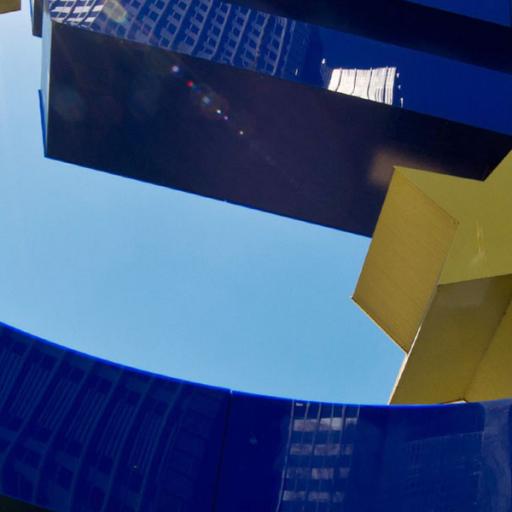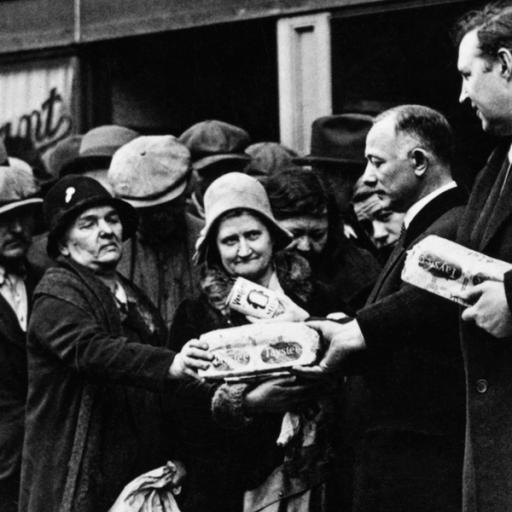It is a long established finding in public economics that redistribution through linear taxation implies net benefits for agents below the average income and net costs for agents above it (Romer, 1975; Usher, 1977; Meltzer and Richard, 1981). Agents with income below the average will prefer a positive tax rate and agents with income above it will prefer a zero tax rate. Income inequality reáected in the right skewness of the initial income distribution implies that the median voter will have below average income. Hence democracy will result in income redistribution (Acemoglu and Robinson, 2006).
The paper examines this issue in a particular form of income redistribution that is the public provision of a private good, namely education (Glomm and Ravikumar, 1992; Epple and Romano, 1996). Specifically, the state provides, free of charge, a common amount of education per young agent. This is financed by linear taxation on old agents' income. Individuals can acquire private supplements but they cannot optout from public education. The single source of agent heterogeneity is parent income.
We introduce this modification into the simple OLG model of persistent in- equality proposed by Moav (2002), which is itself a simplified version of the classic paper by Galor and Zeira (1993). A central implication of this type of models is that under credit constraints, initial income inequality will persist resulting in a long run co-existence of rich and poor agents (Nakajima and Nakamura, 2009; Galor, 2011).







